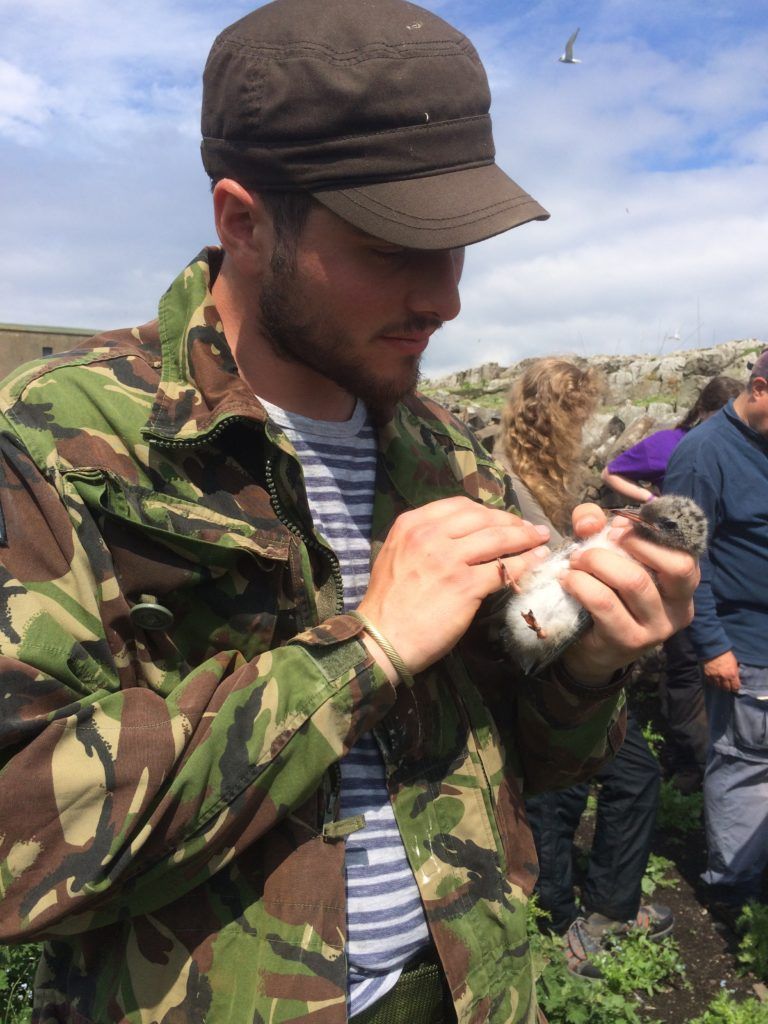Mapping a kelp-less forest
Across our rocky coasts lies one of the most productive habitats outside the tropics: kelp forest. This brown alga can grow well over three metres long and acts as a biological wave break, creating a calm buffer zone that hosts a rich community of life and acts as a nursery for fish.
However, like so many wild habitats, human pressure is rapidly driving its decline. One such forest ran along the coast of Sussex, from Beachy head to Selsey bill. Sadly, a combination of the 1987 storm and human activity whittled it down to just 5% of its original range.
Restoring kelp forests
In an attempt to recover this forest, protect their coastline and restore breeding fish numbers, the Sussex Inshore Fisheries and Conservation Authority (IFCA) has been working with the Sussex Wildlife Trust to permanently exclude trawlers from the forest’s original range.
But to rewild an area successfully we needed to understand what’s growing there currently, in order to put a sound restoration plan in action. So, a camera was fixed to a metal sledge and pulled over the proposed exclusion zone in order to survey it thoroughly. My internship, supported by PTES, was to quantify this survey data, sorting the species into communities, then analyse the results.
This involved going through hundreds of images and labelling all the different seaweed forms – from the forest kelp to the fuzzes of red algae and all the elongated, worm-like, fan shaped and slippery shaped seaweeds in-between. This also included an occasional thornback ray billowing out of the sediment or scampering spider crab.
Seabed trawling has significantly altered the sussex coastline
My results showed that the area was completely desolate of kelp, with only a couple of scattered fronds to be seen in the entire bay. In its place was a turf of red alga, with a few small brown forms scattered in-between. Some older surveys of Selsey indicated the kelp still held on there, but this was nothing compared to the algal turf that now grew across the old range. Further out to sea this turf gave way to bare rock, encrusted with keelworms and stamped with the coral “Dead Man’s Fingers”.
A machine learning model – designed to predict these habitat ranges for the whole bay – indicated that seabed trawling, measured by the global fishing watch, was significant in predicting the different habitats – indicating that trawling was influencing what can take hold on the seabed.
Sadly, this seabed now consisted mostly of loose cobbles, which kelp forest doesn’t readily colonise. Combined with pollution from the former gasworks in Shoreham or dumping site near Littlehampton, the chances of the kelp forest reclaiming its old range doesn’t look likely.
Hope in the dark
However, there is still hope, as the sliver of kelp left may yet regrow if aided by innovative interventions. The future of this forest will depend on radical steps, starting with the exclusion of the trawlers. I hope that it will lay down the groundwork to begin a sustainable future for the Sussex coast and its people. The PTES internship has enabled me to gain valuable experience and skills that will help my career in conservation. And the support from PTES has no doubt also helped take some important steps in what will hopefully be an exciting rewilding project of unseen forests under water off the Sussex coast.
Written by PTES intern, Saul Mallinson.
Thank you for helping us fund this vital work to restore kelp forests in the UK.
If you’d like to support other areas of our work, please donate or set up a direct debit here today.






